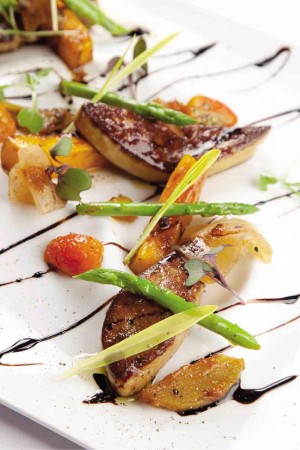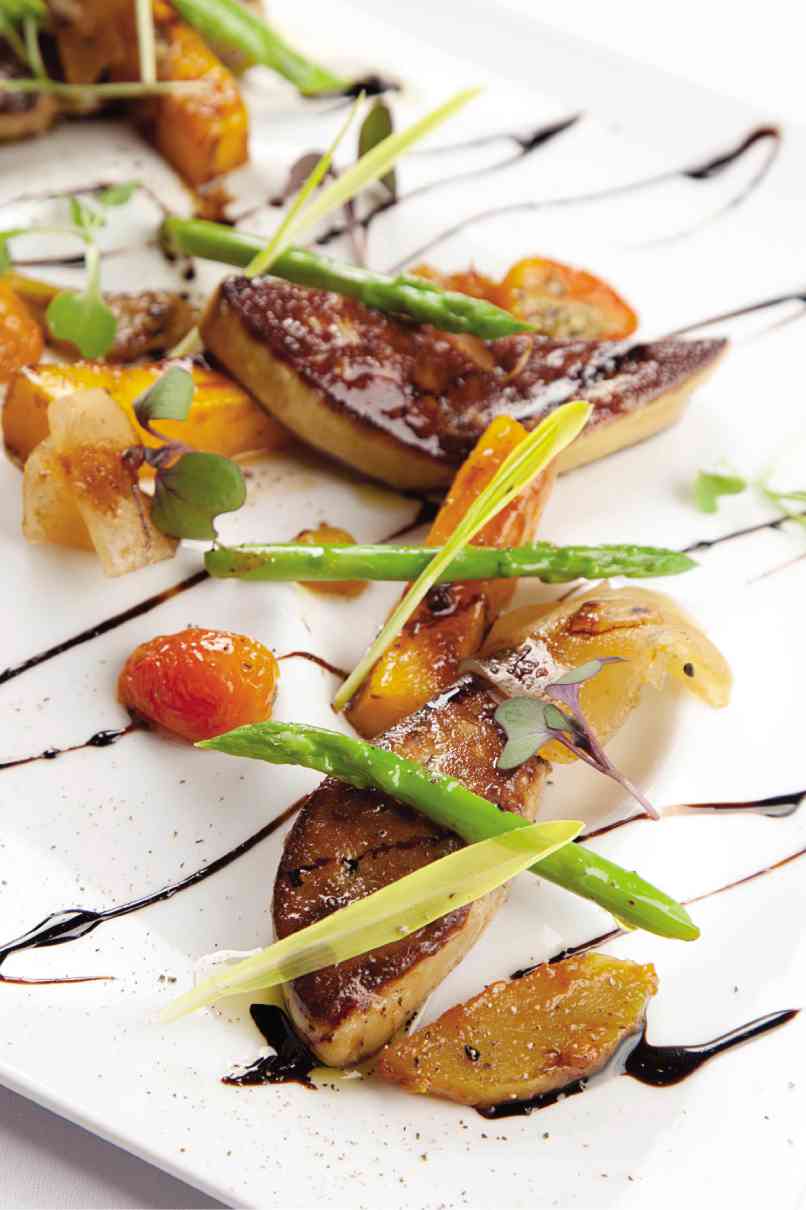
How does one introduce the country’s food to a group of foreign students who are unaware of our cuisine? Where does one start?
I first reached back to prehistory, to the Tabon caves in Palawan where remnants of food eaten by its inhabitants 22,000 years ago were discovered. There were no large animals, just bats, birds, deer and wild boar. There were edible tubers, fruits, flowers, leaves, pith of palm. There were no signs of sea shells, proving that the caves were far from the sea.
In 1967, an excavation in Butuan City revealed bones of yellow fin tuna and a fruit known as tabon-tabon, carbon-dated to between the 10th and the 13th centuries. That was the first sign that kinilaw had been done that long ago, because the scraped insides of the tabon-tabon are still used today to help the stomach accept the rawness of the kinilaw.
Ferdinand Magellan’s chronicler, Antonio Pigafetta, wrote about the feast prepared by Rajah Colambu in Limasawa in the 16th century that had pork with gravy, roasted fish with freshly cut ginger, local wine, rice, turtle eggs, chicken and peacock.
‘Multifarious totality’
From what our ancestors ate then, our talk went to what we eat now, how we cook, how we eat, the way we use food in our language. But any lecture on our food should include the varied regional cooking—so varied that we haven’t really documented everything about it. Raymond Sokolov, who wrote the book “Why We Eat What We Eat,” was right. We are just learning about our cuisine in its “multifarious totality.”
It was also Sokolov who said that we have “a huge repertory of dishes with Tagalog and other Philippine-language names.” And that’s what my other lecture will be about this week, in Cagayan de Oro, in the annual culinary competition called Kumbira.
Students and teachers will be told about dishes having the same name but which are totally different, or how the same dish in the north will have a different name in the south.
It can be confusing, and makes documentation difficult. For instance, bulanglang, the boiled mix of vegetables in the Tagalog region, becomes lawot-lawot in Leyte and laswa in Negros. But in Pampanga, bulanglang is sinigang sa bayabas, which writer Claude Tayag from Angeles likes to call baya-baisse, a play on that iconic French fish soup, bouillabaisse.
In Metro Manila itself, the noodle soup of mami is called langlang in Malabon and Navotas, where the banana turron is also called balensiya.
Bicol terms add to the confusion by naming the sinigang na isda as cocido, which is what most of the country calls a boiled dish of meat and vegetables.
I shall, of course, be asking how Mindanao calls its dishes, knowing full well the rich culture of its many indigenous peoples.
New à la carte menu
Remi Vercelli is sous chef of The Mandarin Oriental Manila’s Tivoli and has been cooking the huge repertory of French dishes learned from the restaurants of esteemed chefs Paul Bocuse and Alain Ducasse. Yet he does other countries’ cooking as well, from the use of ingredients to the dishes’ inclusion in the menu.
For a chef like him, it must be challenging but also a good thing to change the menu every now and then. It flexes his muscles and tests his knowledge about what his diners want.
Six of us tasted his new à la carte menu, to be changed to a new one in September. We were able to taste each other’s food orders and thus got a broader view of the menu.
For appetizers, we had fresh and baked oysters and a foie gras terrine with pickled mushroom salad. We were dared to try a kidney dish that proved quite good, the kidney in puff pastry (vol au vent) with a sauce spiked with Dijon mustard. One of us decided to have the Tivoli signature salad dish of lobster, scallop, king prawns and pan-fried foie gras, a dish we all thought was too much for an appetizer for just one person.
All the soups were tempting, but the green pea soup with black pepper tuna tataki (fish grilled briefly, marinated in vinegar) was what we all wanted to taste. The green pea and the red tuna gave a good contrasting color presentation, but their flavors combined perfectly.
The merry-go-round of dishes shared went from a tartare of swordfish with gribiche (tartar) sauce, a striking beet risotto and grilled Australian lamb chops with a bean stew to a US beef tenderloin Rossini. It was decided that we should also have a sneak taste of a special menu that said Australian Wagyu Blue Label Rib Eye 9+.
The number is the grade of the steak, with 9+ being the highest. The grading serves connoisseurs well, but I thought the pricey tag could be afforded only by someone who actually didn’t care about it.
Call Tivoli at 7508888 for reservation.
E-mail the author at [email protected]









































